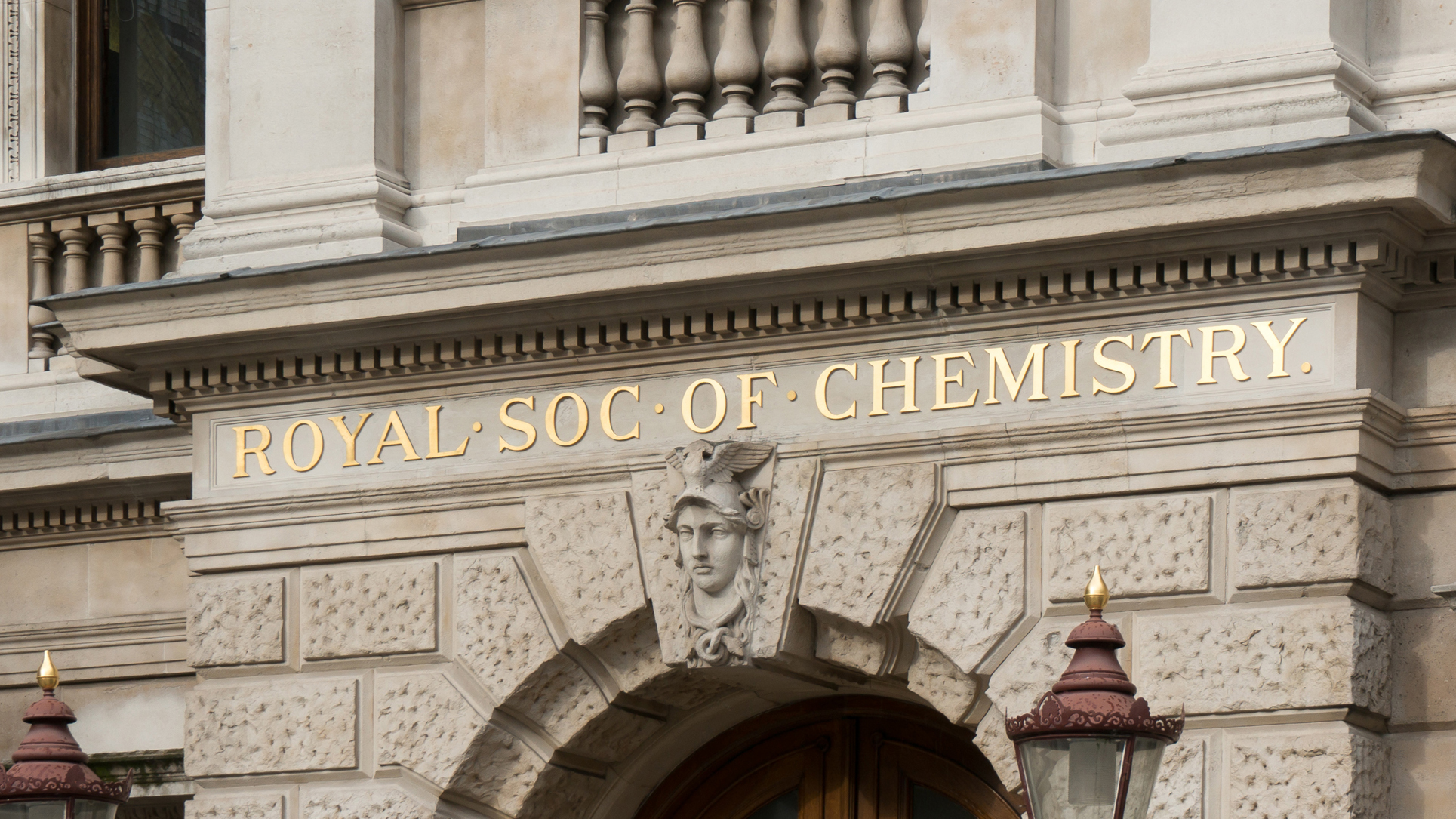How chemistry is helping to improve the environment around us

Air
Chemical scientists have an important role to play in reducing air pollution (sometimes in unexpected ways), as well as in helping us to understand and monitor it.
The World Health Organisation reported that around 7 million people died as a result of air pollution in 2012. According to the Organisation for Economic Co-operation and Development, poor ambient air quality is set to be the world’s leading environmental cause of premature death by 2050 if we maintain current policies. By improving air quality, we can save millions of lives and improve our quality of living.
Cleaner air will also help us to protect the environment and preserve cultural heritage sites. Pollutants such as sulfur dioxide and nitrogen oxides can form acid rain, which pollutes soil and water and damages buildings such as the Acropolis and the Taj Mahal.
Other pollutants, such as ground level ozone, affect vegetation and so reduce agricultural yields.
Air pollution is a concern for the whole world as pollutants can be carried long distances, even across countries. However, scientists and engineers worldwide are tackling this issue, and we aim to support chemistry’s vital role in understanding air pollution and developing solutions to reduce it.
How chemistry helps
Chemistry of air pollution
Air is a mixture of gases and particles, some of which are reactive and undergo complex chemical reactions in the atmosphere to form air pollutants such as ozone. Other air pollutants are emitted directly – for example, sulfur dioxide. Air pollutants can be solid, liquid or gas and come from natural and man-made sources; the biggest contributors to air pollution today are power stations, road transport, industry and residential burning of fuels.
A detailed understanding of pollutants and their chemistry is important for interpreting health effects, regulating emissions, and developing pollution-reducing technologies. For example, chemists have created a “master chemical mechanism” that describes the chemical reactions involved in degradation of volatile organic compounds in the lower atmosphere. This helps policy makers to “test” how effective a piece of proposed regulation or legislation would be. In another example, chemists identified trees as the source of high levels of organic pollutants during heatwaves. This unexpected result has improved the air quality forecasts provided to the public in the UK by taking into account natural emissions.
Monitoring air pollution
Accurate measurements of pollutants are vital for checking that we comply with national and international air quality directives. In addition, measurements can help us to understand correlations between health problems and air pollution – for example, the relationship between different types of particulate matter and cardiovascular problems.
The UK has around 300 air quality monitoring sites measuring a variety of pollutants, including ozone, nitrogen oxides, sulfur dioxide, carbon monoxide and particulates. One such site is next to a busy road in central Cambridge and measures the concentration of nitrogen oxides from the traffic in real time using chemiluminescence.
The graph below shows the output from one such measurement. The UK and EU air quality target for nitrogen dioxide is an annual mean of 40 micrograms per cubic metre, and the hourly concentration should not exceed 200 micrograms per cubic metre more than 18 times in a year.




